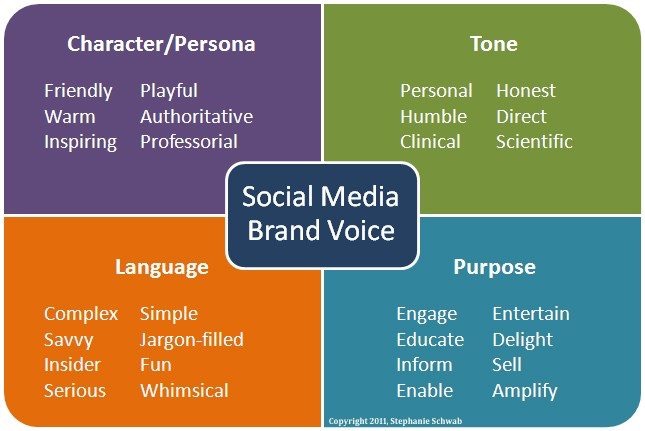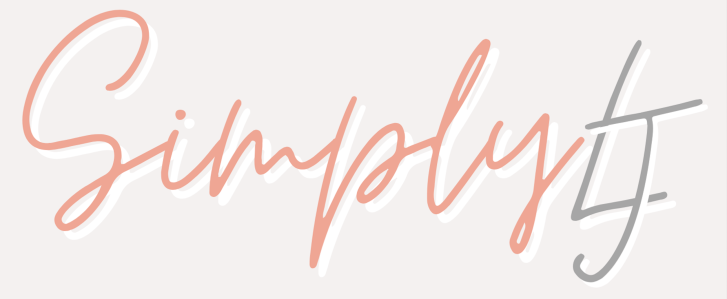COOP 4005 – Blog Post 2
As a social media intern, it’s my job to manage Facebook, Instagram, and Twitter pages for various clients. I also provide support to account managers with a variety of tasks, such as content creation and social media audits (scorecards). To work effectively with my team and supervisor, I learned to use different online communication platforms (Skype, Zoom, Google Hangout) and made time in my day for additional tasks.

Client and Team Communication
My day starts bright and early, at 8 AM. The Qode Social and Qode Media team has a morning huddle on Skype, which usually consists of good mornings and an ice breaker question. These morning chats help the teams warm-up and get our creative juices flowing. I then proceed to login to the socials of my assigned clients for the day and check for messages and reply to comments.
Each client has a unique tone – which means I need to switch gears in commenting and interacting with their target audience. One of my clients is a specialty cheese brand, targeting individuals who love cheese and enjoy wine pairings. When interacting with their audience, I usually use formal and posh-sounding language (i.e. “Such a delectable spread!”).

We referred to this chart quite a bit in my content marketing class.
For my cheese snack client, I use informal phrases to appeal to their target audience of millennial hikers (i.e. “Looks like an awesome adventure. Hope you brought some snacks! 🧀”). As I’ve previously learned from my content marketing class, we must communicate with our audience using a consistent and relatable tone.

Indeed, there have been days where I had to deal with negative comments and messages. In response to these interactions, I would frame my reply with a “You-focused” attitude (which I learned from my business communications class) and escalate messages to my supervisor when necessary. Despite working remotely, my supervisors are quite helpful and open to chat online.
Taking Initiative
As an intern, it’s imperative to show your interest in the field and ask questions to demonstrate your drive and dedication towards your mentors and peers. With Qode Social, the quality of your intern experience depends on how much you want to learn. Since day one, my supervisor mentioned that if I ever want to learn something or take on additional tasks, I should reach out to any of the account members – and so I did.

In fact, since writing this article, I was able to accomplish the following:
- Revamped the Instagram Page for a Client
- Design graphics and images for Instagram Stories
- Copywriting (Instagram Captions)
- Conduct a social media audit (scorecards)
- Draft ideas for a shot list
- Assist with costume design for a client photoshoot
- Account Build (Doubled the Instagram following for a client)
Working with Qode Social has been eye-opening. I enjoy being able to use many of the concepts I learned in class in actual scenarios. It’s been quite the ride so far, but I’m looking forward to what comes next!
-LaarniJane♡


